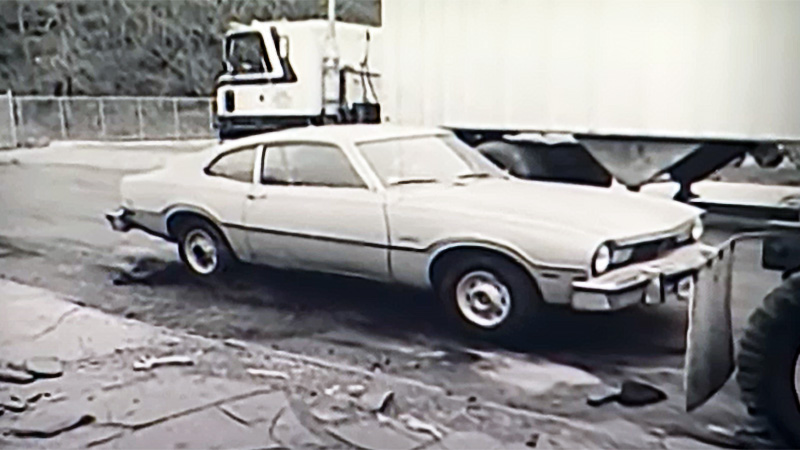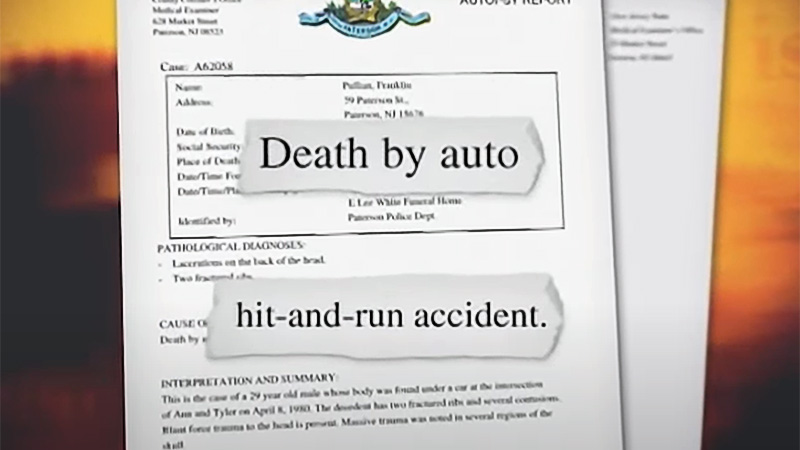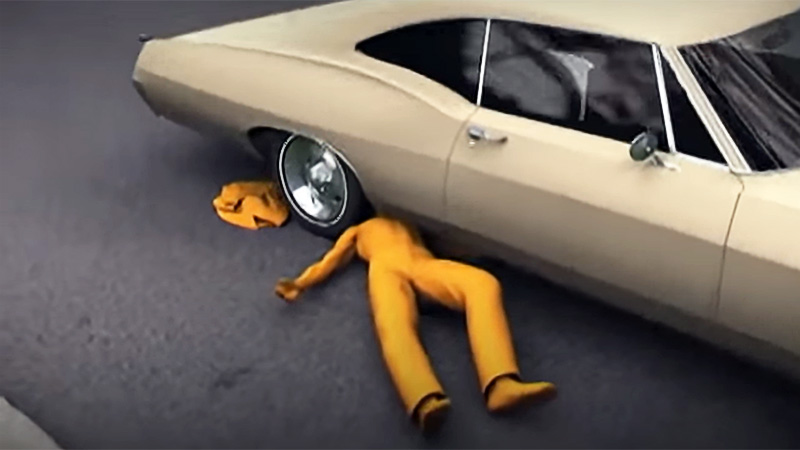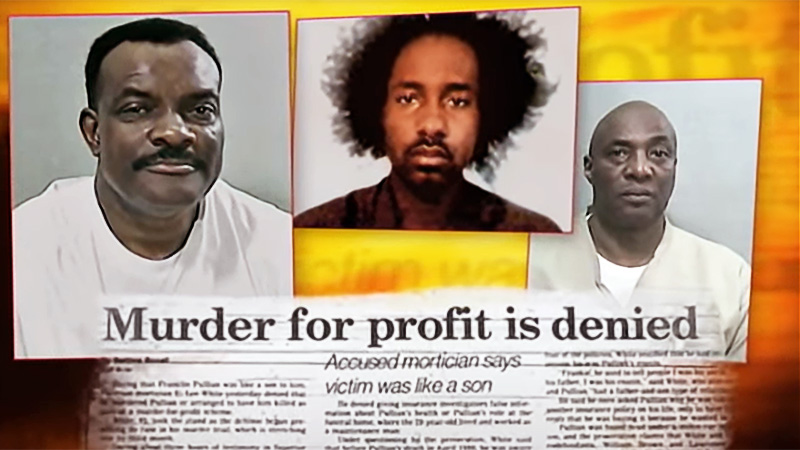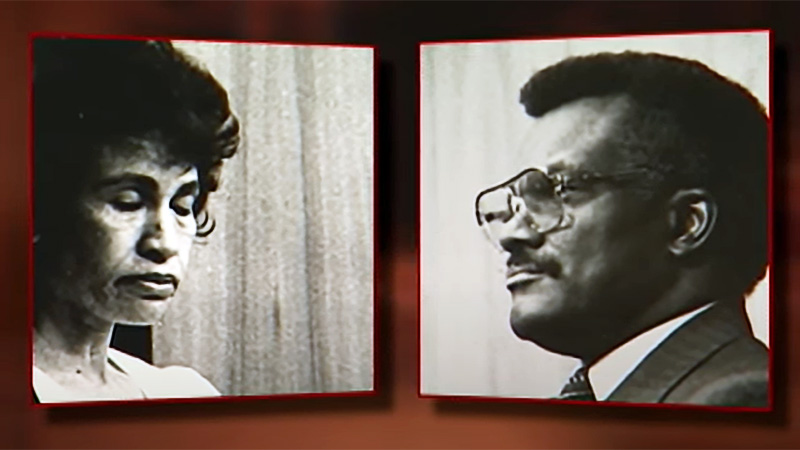Undertaken
Insurance fraud murder of Frankie Pullian
When Frankie Pullian's body was found under a car, it seemed he'd succumbed to a terrible accident. But when it was found there were nine separate insurance policies on his life, signs pointed to murder.
Original air date: October 11, 2006
Posted: December 18, 2022
By: Robert S.
Season 11, Episode 13
Elbert Lee White and his wife Erna became fairly well known in the town of Paterson, New Jersey. White operated one of the more successful black-owned funeral homes in Peterson. By all accounts, White's business was a trusted and respected institution in the Paterson area, and it became a regular stop-off for police.
One early morning in 1980, a young handyman who worked for E. Lee White was found dead under a car in a desolate neighborhood. Frankie Pullian ran errands and cleaned the funeral home's limos, and his sudden demise shocked residents and raised immediate questions. Why had Frankie been out walking in this remote area of Paterson so early in the morning? Who did the car that seemingly struck him belong to? And did the evidence from the scene support a hit-and-run tragedy?
The car was found to have been stolen a month before the accident from a retired police officer. Whoever had been driving it in the early morning hours of April 8th seemed to have struck Frankie and then fled the scene on foot. But as investigators surveyed the area, details were inconsistent with an accident. There were no skid marks behind the vehicle. There was blood in the tire tracks behind the car even though Frankie's body came to rest underneath the vehicle. And finally, there was fresh blood inside the car.
Since these discoveries seemed to indicate the early morning accident scene had been staged, Frankie Pullian's death was ultimately considered a homicide. But why had someone taken this young man's life? Investigators decided to find out who would benefit from Frankie's death – and they found no shortage of suspects. It didn't take long to learn that Frankie Pullian, who only earned about $10k per year, was covered by nine different life insurance policies. The annual premiums on these policies were almost half of Frankie's income. And the most recent of these insurance policies had been procured just five days before Frankie's death.
Police discovered four different people stood to cash in on Frankie Pullian's death. His boss, E. Lee White, was named on a number of the policies. So was White's wife Erna. And two other associates of White's were listed as Pullian's cousins and additional life insurance beneficiaries. It certainly seemed the circumstantial evidence pointed to a clear case of insurance fraud, but would it be enough to convince a jury of a murder?

The Facts
Case Type: Crime
Crimes
- Theft by deception
- Murder
- Fraud
Date & Location
- April 8, 1980
- Paterson, New Jersey
Victim
- Franklin "Frankie" Pullian (Age: 29)
Perpetrators
- E. Lee White (Age: 40)
- Erna Boone White
- Lawrence Scott
- William Brown
Weapon
- Hammer
Watch Forensic Files: Season 11, Episode 13
Undertaken

The Evidence
Forensic Evidence
- Blood: Presence
- Blood: Spatter
- Blood: Typing
- Handwriting
- Report: Autopsy
Forensic Tools/Techniques
- None used in this episode

Usual Suspects
No Evil Geniuses Here ?
- Scene staging: Improbable blood location
- Scene staging: Unconvincing accident evidence
Cringeworthy Crime Jargon ?
- None uttered in this episode
File This Under... ?
- Body exhumed

The Experts
Forensic Experts
- Walter Suhaka: Accident Reconstruction Expert
Quotable Quotes
- "Well first of all, under a car or in front of the car, there’s no wood. Why would there be wood splinters in his skull?" - Walter Suhaka: Accident Reconstruction Expert
- "The medical examiner who did the autopsy and who issued the initial death certificate was not a forensic pathologist. He was not even a pathologist – he was general practitioner. He did what best he could do under the circumstance, but he was not trained formally in pathology or in forensic pathology." - Geetha Natarajan, M.D.: Forensic Pathologist
- "When I started reading the reports, they said there was blood inside the car. I had to read the report twice – it didn’t make sense." - Walter Suhaka: Accident Reconstruction Expert
- "It’s very unusual that you would take out almost a million dollars’ worth of insurance, and then within a few short months, someone should die. I mean, that to me that raises a flag automatically." - Richard Falcone: Homicide Investigator (Ret.)
- "The person who represented himself to be Mr. Pullian had notes, handwritten notes. And every time he was asked a question about his life, his lifestyle, he referred to his notes. Which I would think would cause some concern, but apparently did not." - Amos Saunders: Superior Court Judge
- "He [the medical examiner] did not go to the scene. He did not look at the vehicle. He did not talk to the officers who were at the scene. He did not look at any photographs. He did not examine the clothing of the victim. These are all types of things that one would expect would be done following a proper protocol of an autopsy." - Bruno Mongiardo: Prosecutor
Find a typo or issue with the details of this case? Leave a comment below, or contact us!

